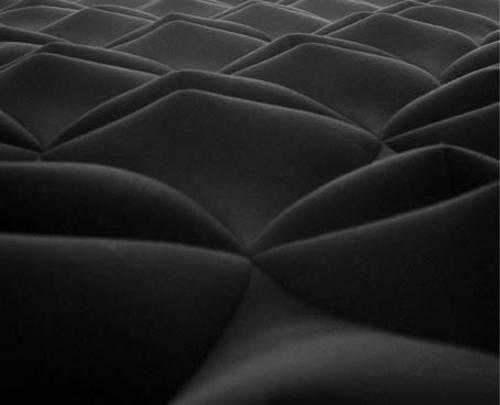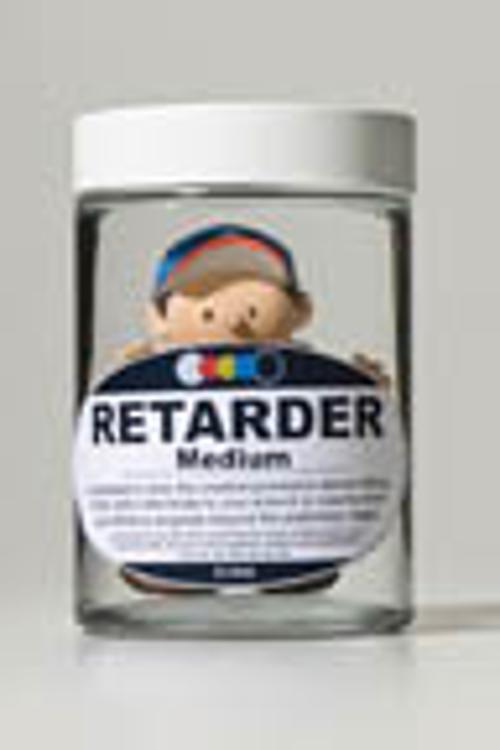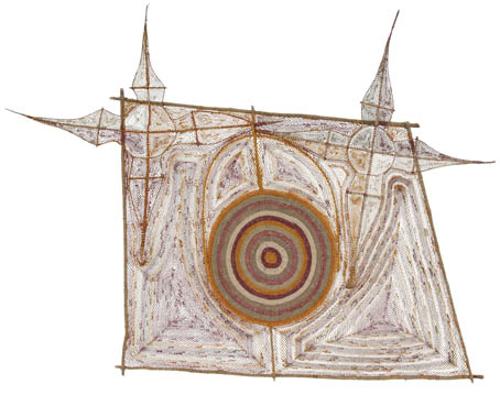
New Social Commentary 08 is the third in the series of this biennial exhibition which casts an eye over our current social landscape and critiques the contemporary state of Australian society. Presented by Warrnambool Art Gallery in regional Victoria, New Social Commentary exemplifies a positive trend by regional galleries to present high-profile innovative exhibitions of national significance.
To achieve a curatorial cohesiveness within this year's exhibition, the selection of the 26 finalists from the 160 entries received was based on themes of identity, relationships and social dynamics. Issues explored within the works included child sex abuse within religious institutions, the Federal government's Northern Territory intervention, the impact of new technologies on our lives, depression, alcohol abuse and many other concerns. However, perhaps because of the thematic selection methodology, the strength of the works varies considerably and several struggle to transcend simplistic platitudes in their commentary. While the inclusion of such works reflects the varying levels of critical engagement in the wider world and is representative of a diversity of voices and viewpoints, it also makes for a somewhat uneven viewing experience.
One of the standout works, Alison Alder's Intervention VI (Quarantine) 2008, is a response to the intervention in the Northern Territory. Under this system more than 13,000 people are covered by an 'income management' policy in which 50 percent of their welfare payment is withheld and can only be used to pay for items such as food, clothing and housing, and not alcohol, tobacco or gambling. Her screenprint of a Tennant Creek supermarket docket lists items such as sugar, flour and tea, goods fraught with the connotations of early trade relationships between European settlers and Indigenous inhabitants, and which remind us of the continuing legacy of Indigenous ill-health and mortality which stem from the actions of earlier generations.
Jacqueline Felstead's image of a single bed in a darkened, dingy room suggests the transience of boarding house existence experienced by tens of thousands of homeless people every day. The worn floral sheets and lumpy, flattened pillows of Room 302 are imbued with failure, and quietly challenge the Australian cultural expectation of home ownership and domestic security.
Military camouflage and biological mimicry as strategies for survival form the conceptual framework of Adam Norton's Camouflage suit experiment 2008. In this work, Norton, who arrived in Australia from the UK in 2001, attempts to 'fit in' to the environment of Cronulla - – site of the 2005 racially motivated riots - by 'testing' six camouflage suits made from different domestic materials. Wearing different suits in each location – the beach, street or building site – the artist alternately blends in and stands out from his surroundings. Although Norton's project takes a superficial approach in its questioning of notions of conformity, the persistent failure of his experiments operates at a deeper level to emphasise the fragility of the Australian veneer of tolerance.
Patriotism, conformity and national identity are also explored in Kerry Buckland-Lewis's compelling video, Advance Australia (Not So) Fair 2008, and boat-people.org's Untitled (at Botany Bay) domestic remix 2005-2008. Works by Shane Jones, Gareth Colliton and Will Coles question the ways in which mobile phones, ipods, plasma televisions and other forms of technology enhance or diminish our relationships with each other and our understanding of the world. Many other works challenge, confront and question Australia's booze, sport and tabloid press-loving identity, contrasting it with issues of Aboriginal communities, refugees and domestic and international conflicts.
It is unfortunate that the controversy surrounding this year's exhibition (fuelled by the conflicting public statements regarding the judging process, the confusion over the selection of a winner and the subsequent non-awarding of the $15,000 acquisitive prize) has overshadowed its content and purpose, and weakened the integrity of this worthy and interesting recent addition to the list of Australia's national art prizes. Warrnambool Art Gallery are to be congratulated for their presentation of this lively and thought-provoking show, however it is a sad irony for a prize that aims to 'promote and develop artistic endeavour that examines contemporary social issues' that it is the voice of those with money that speaks the loudest.












